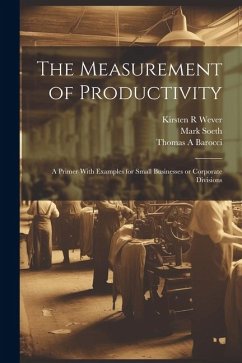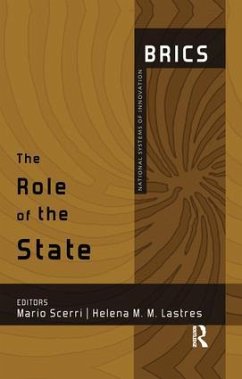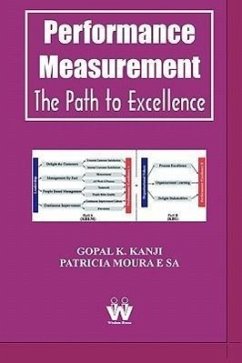
The Role of Measurement in Economics
Versandkostenfrei!
Versandfertig in 1-2 Wochen
34,99 €
inkl. MwSt.

PAYBACK Punkte
17 °P sammeln!
First published in 1951, and originally delivered as the Newmarch Lectures for 1948-9, this book examines the role of measurement in obtaining and applying economic knowledge. Esteemed economist Richard Stone, who went on to win the Nobel Prize in Economics, divides his topic into four sections: questions of fact and empirical constructs; the truth or falsity of a hypothesis; the estimation of parameters; and questions of prediction. This book will be of value to anyone with an interest in economics and the development of the discipline.










![Scribner's Lumber & Log Book for Ship Builders, Boat Builders, Lumber Merchants, Farmers and Mechanics [microform]: Being a Correct Measurement of Sca Cover Scribner's Lumber & Log Book for Ship Builders, Boat Builders, Lumber Merchants, Farmers and Mechanics [microform]: Being a Correct Measurement of Sca](https://bilder.buecher.de/produkte/65/65540/65540789n.jpg)



